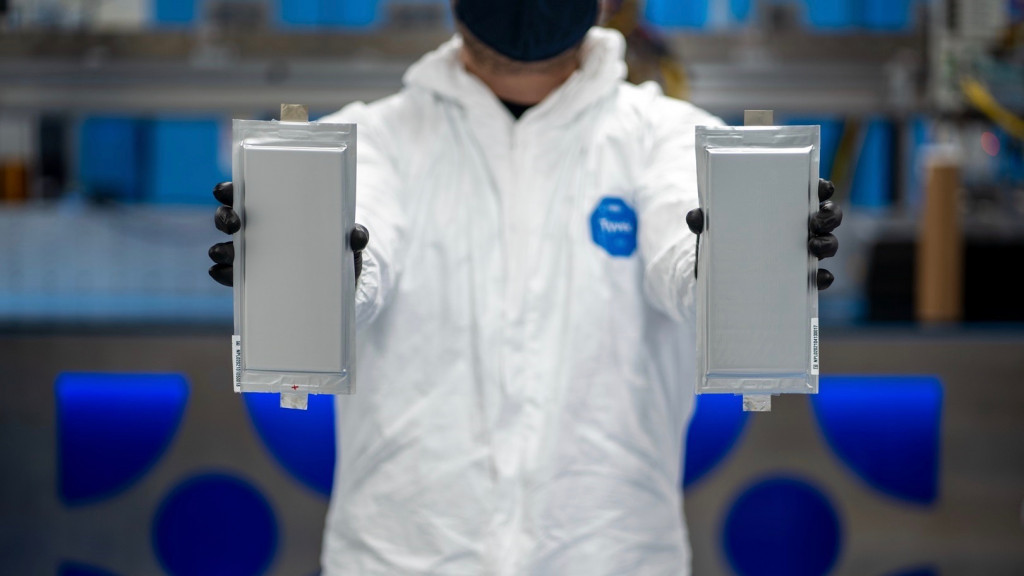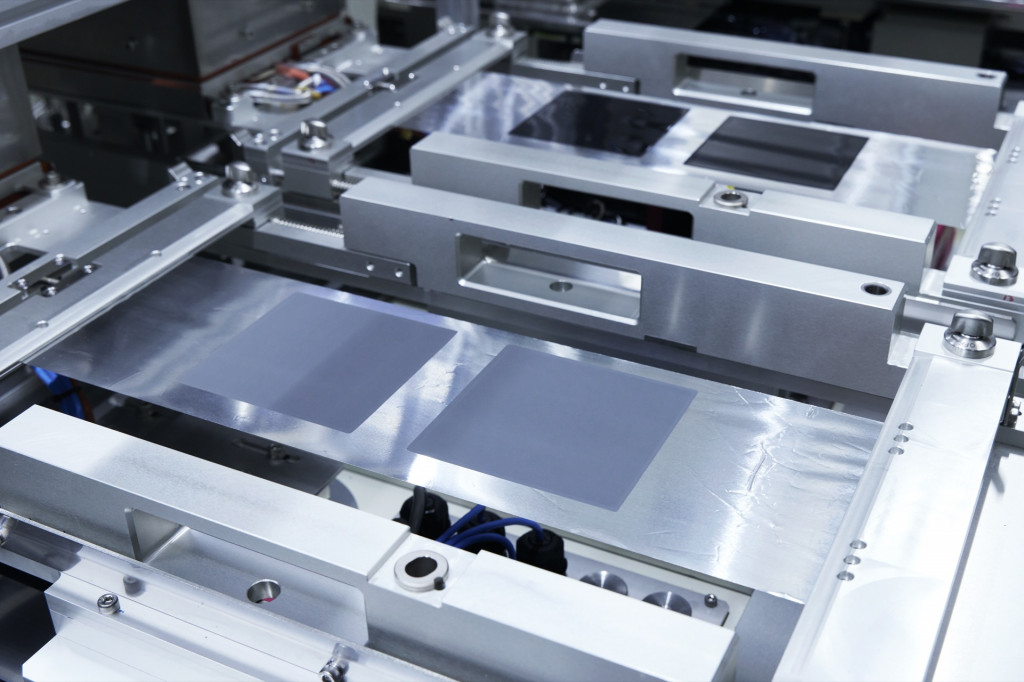[ad_1]
Solid state batteries could reduce the carbon footprint of electric cars by 39%, according to a new report commissioned by environmental advocacy group Transport & Environment (T&E).
Compiled by Minviro, a company that does raw material lifecycle analyses, the reported compares the overall carbon footprint of solid state batteries with two of the most popular current lithium-ion chemistries: nickel-manganese-cobalt (NMC) and lithium iron phosphate (LFP).
The analysis found that solid-state batteries achieved an overall reduction of 24% based on the technology alone, and 39% if sustainable materials were used. It’s also worth noting that LFP batteries have a slightly higher carbon footprint by these calculations.

Solid Power solid-state battery cells
Solid state batteries could use up to 35% more lithium than current lithium-ion chemistries, but far less graphite and cobalt, the report said. T&E also expects new mining methods, such as extracting lithium from geothermal wells, to come into play and reduce the environmental impact of lithium sourcing.
Solid state batteries, which get their name from the solid electrolyte used in place of the liquid in current lithium-ion chemistries, have mainly been touted for their energy density. Some automakers—Nissan is one—have suggested that solid-state tech might help make certain kinds of electric pickups and SUVs possible.
While several automakers, battery suppliers, and startups are investing in the technology, solid state batteries won’t be ready for commercial use until later in the decade, at the earliest.

Nissan production for prototype solid-state cells
Toyota and Panasonic currently lead in patents, according to a recent report. And with Toyota aiming to put the tech into a hybrid first, such a model that’s making the most of all its battery might potentially have the lowest battery CO2 footprint of any electrified vehicle.
Despite all the buzz around solid state batteries, it’s worth noting that the technology is still unproven in production vehicles. Will the lifetime of solid-state cells be longer? That’s an important question that needs to be answered in real-world use.
[ad_2]
